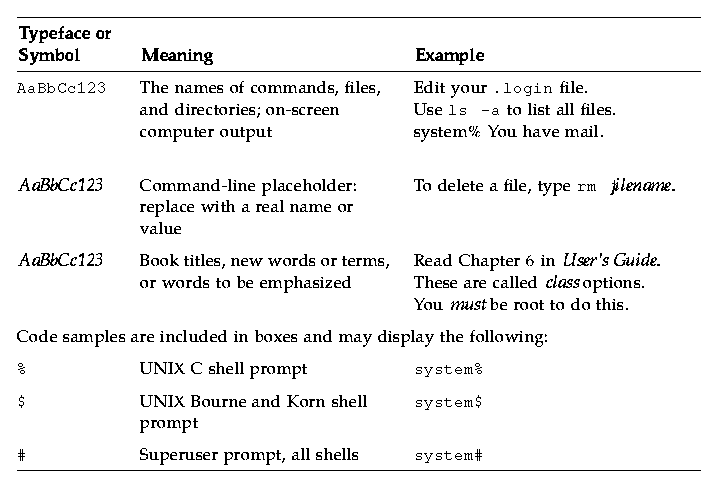





The checklist describes keys using a model keyboard mechanism. Wherever keyboard input is specified, the keys are indicated by the engravings on the OSF/Motif model keyboard. Mouse buttons are described using a virtual button mechanism to better describe behavior independent from the number of buttons on the mouse.
By default, this checklist assumes that your application is being designed for a left-to-right language environment in an English-language locale. Some sections of the checklist may require appropriate changes for other locales.
The Style Guide Part of the book refers to checklist items in Chapter 10. Each checklist item is labeled with numbers or letters. The numbered items correspond to the checklist items from the OSF/Motif Style Guide, Revision 1.2 . The Common Desktop Environment-specific additions are labeled with alphabetic identifiers. The checklist items references are followed by the page number where the checklist item appears.
Part 1, "Style Guide," describes style considerations you should follow when designing applications for the Common Desktop Environment.
Chapter 1, "Introduction to the Common Desktop Environment," is an introduction to the checklist and how to use it.
Chapter 2, "Input, Navigation, Selection, and Activation," provides information on the keyboard focus model and the input device model, mouse-based and keyboard-based navigation, menu traversal, scrollable component navigation, selection and transfer models, selection actions, and basic activation.
Chapter 3, "Drag and Drop," provides information on incorporating drag and drop into your application.
Chapter 4, "Visual Design," provides information on designing icons and other visuals consistent with the Common Desktop Environment style.
Chapter 5, "Window and Session Control," provides information on window support, window decorations, window navigation, icons, application window management, and session management support.
Chapter 6, "Application Design Principles," provides information on layout, interaction, support for alternative visuals, messages, and work-in-progress feedback.
Chapter 7, "Common Dialogs," provides information on creating dialog boxes.
Chapter 8, "Application Messages," provides information on ways to provide feedback to the user.
Chapter 9, "Designing for Accessibility," provides information on making software applications accessible to people with disabilities.
Part 2, "Certification Checklist," is the certification checklist, which consists of a checklist divided into several topics:
Chapter 10, "Certification Checklist," provides the list of requirements for Common Desktop Environment application-level certification.
Appendix A, "Keyboard Functions," provides information on keyboard functions and keyboard engravings.
Appendix B, "Mouse Functions," provides information on mouse functions.
Table P-1 Typographic Conventions




